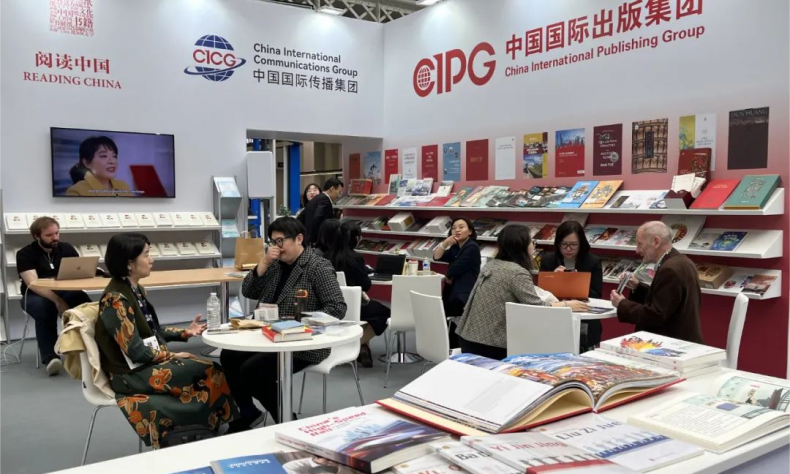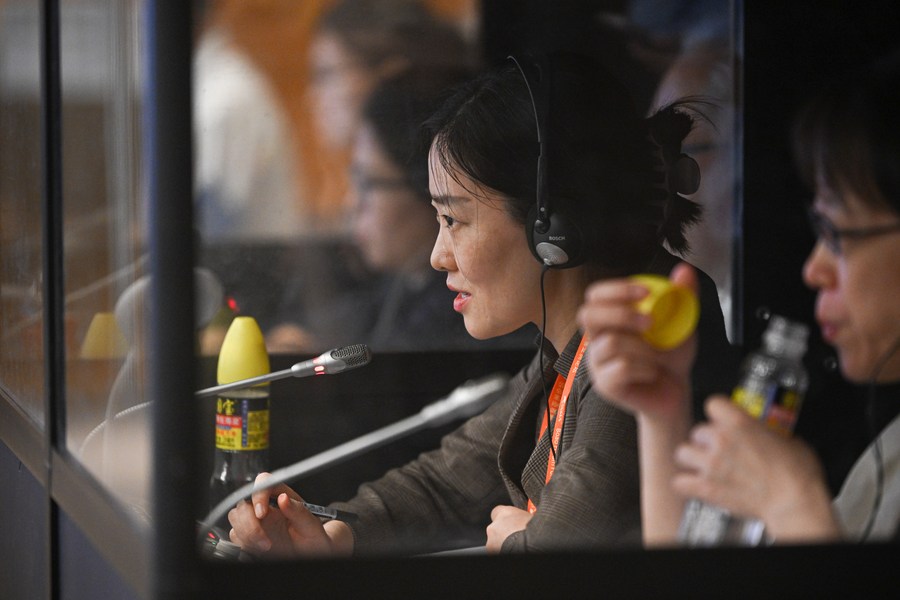Translating China: the Construction of China’s International Discourse System

Consummate skill of translating Chinese into other languages is needed if we want to tell China’s stories well, to contribute Chinese wisdom, and to facilitate China’s participation in global governance.
There are 8 billion people in the world, and 6.6 billion of them cannot understand spoken or written Chinese, so of course they have no good understanding of China’s culture and views. Every opinion of China, every policy of the Chinese government, and every word of Chinese leaders need to be translated into a foreign language to be effectively communicated to the world.
This is a huge amount of translation work. For cultural and historical reasons, there are not enough foreigners to help us, and the historic task of “Translating China” falls on the shoulders of Chinese translators. Consummate skill of translating Chinese into other languages is needed if we want to tell China’s stories well, to contribute Chinese wisdom, and to facilitate China’s participation in global governance. We still face great challenges in presenting China, in particular, Chinese modernization, to the world.
Poorly translated product manuals printed for foreign customers were rejected, and the products could not be sold. It is necessary to enhance our translation skills and quality.
There are two important ways to improve the ability of translating from Chinese to a foreign language. One is by training and using professional translators. The other is by strengthening translation technology and improving translation efficiency.

For a long time, the training of translation professionals basically focused on studying foreign languages and literature. Graduates in the field were adept at telling foreign stories in foreign languages, but they did not know how to tell China’s stories in foreign languages. It is necessary to make fundamental changes to teaching materials, teachers, and training methods, so that translation graduates are up to the task of translating Chinese to foreign languages and transforming the discourse system from the three dimensions of language, thinking and culture.
Translation technology is also developing rapidly. Machine translation is continually improving and becoming more and more user-friendly. Translation software, however, is developed from large language datasets. To assure quality and precision of the output, it is necessary to input a corpus of foreign-language materials reflecting Chinese viewpoints into the machine. That is to say, Chinese people must provide more foreign language materials with Chinese cultural characteristics, which represent China’s views, and are comprehensible to the people of China and the rest of the world. To get help from the machine, the translator must first help the machine.
At present, the translation community is discussing how to establish a strong national team of translators to translate China to the world. The team should be multi-lingual, cross-disciplinary, and cover a wide range of areas. The team’s main mission should be telling China’s stories to the world. The building of this team depends on the efforts of the whole society.
Finally, I would like to extend my gratitude to the internet industry, and to those working in the field of international communication and the field of talent training. Your attention and support for “Translating China” is greatly appreciated.
The article is an excerpt of the speech delivered by Huang Youyi, Executive Vice President of the Translators Association of China and Vice President of China Academy of Translation, at the Forum on Internet Communication, Cultural Exchanges and Mutual Learning, during the 2023 World Internet Conference Wuzhen Summit on November 9, 2023. The article has been edited for length and clarity.
 Facebook
Facebook
 Twitter
Twitter
 Linkedin
Linkedin
 Google +
Google +










